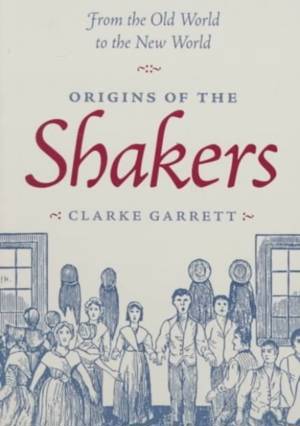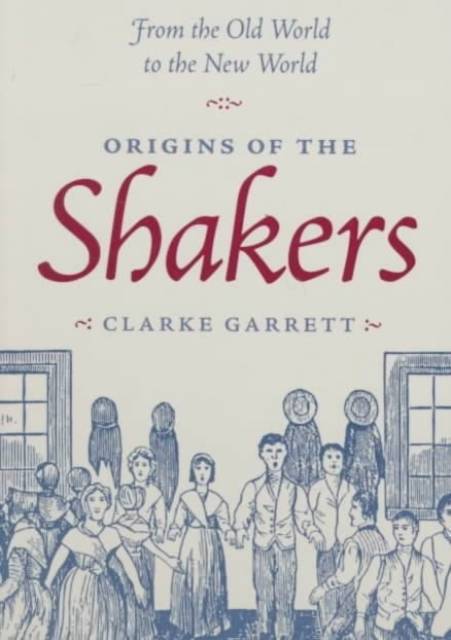
- Retrait gratuit dans votre magasin Club
- 7.000.000 titres dans notre catalogue
- Payer en toute sécurité
- Toujours un magasin près de chez vous
- Retrait gratuit dans votre magasin Club
- 7.000.000 titres dans notre catalogue
- Payer en toute sécurité
- Toujours un magasin près de chez vous
Description
Pietists, Methodists, and sectarian groups such as the Shakers all shared the conviction that God touched the individual directly and visibly; manifestations of spirit possession, accompanied by prophecy, visions, and ecstatic seizures, became outward signs of an inner expedience, a kind of sacred theater as believers acted out their possession before others.
Clarke Garrett follows this "sacred theater" back to the Camisards of southeastern France, an ecstatic Protestant group whose doomed rebellion against Louis XIV led to their dispersal among Huguenot exiles. Then, Garrett writes, "in a form that the Huguenots themselves would probably not have recognized, a dozen English ecstatics, who in their native Manchester had been known as Shakers, brought Huguenot spirit possession to America in 1774." The Shakers emerge as the culmination of the century's religious quest, preserving the immediacy of spirit possession while making it the basis for the formation of an ideal Christian community.
Originally published as Spirit Possession and Popular Religion: From the Comisards to the Shakers
Spécifications
Parties prenantes
- Auteur(s) :
- Editeur:
Contenu
- Nombre de pages :
- 304
- Langue:
- Anglais
Caractéristiques
- EAN:
- 9780801859236
- Date de parution :
- 13-04-98
- Format:
- Livre broché
- Format numérique:
- Trade paperback (VS)
- Dimensions :
- 153 mm x 228 mm
- Poids :
- 412 g







